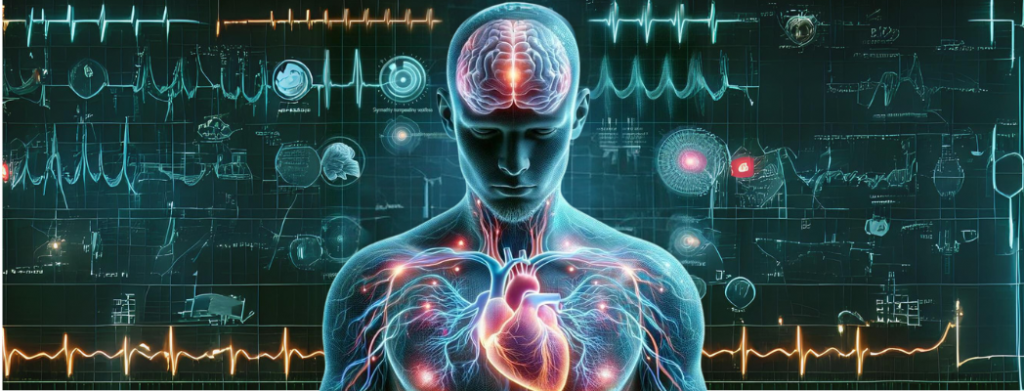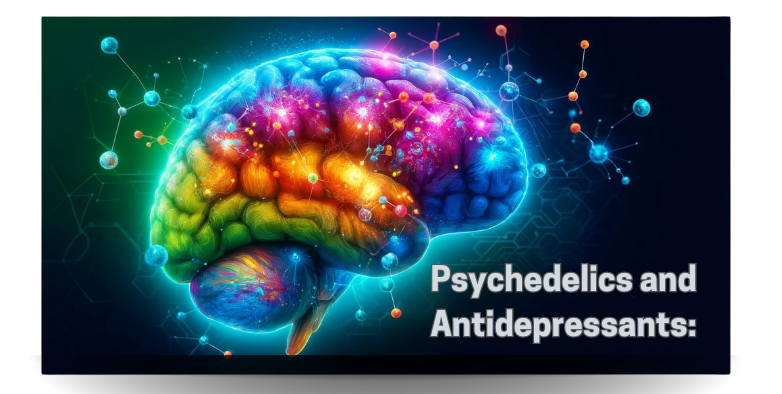In the realm of holistic healing and alternative practices, Self-Induced Cognitive Trance (SICT) stands as a fascinating frontier. This practice offers a unique path to enhanced mental and physical well-being. Unlike traditional states of trance induced by external stimuli or substances, SICT is accessible autonomously, empowering individuals to explore non-ordinary states of consciousness (NOSC) at will. Let’s delve into what makes SICT a remarkable tool for personal growth and healing.
Understanding Self-Induced Cognitive Trance
Self-Induced Cognitive Trance (SICT) is a voluntary, non-ordinary state of consciousness characterized by a focused yet immersive experience of flow, enhanced inner imagery, altered somatosensory processing, and a modified sense of self and time. Unlike other NOSC practices such as meditation or hypnosis, SICT can be induced independently, providing a practical and accessible method for anyone interested in exploring altered states of consciousness.

The Science Behind SICT
Recent studies have highlighted the profound impact of SICT on both the brain and the body. For instance, research published in Scientific Reports examined the autonomic nervous system’s response during SICT, revealing significant changes in heart rate variability and respiratory patterns. Participants experienced increased heart rate and decreased high-frequency heart rate variability, indicating a state of hyperarousal. These findings suggest that SICT involves a complex interplay between the sympathetic and parasympathetic branches of the autonomic nervous system, which can lead to enhanced self-regulation and stress response management.
Another study protocol outlined in Frontiers in Psychology investigates the clinical benefits of SICT for post-treatment oncological patients. This research aims to assess the effectiveness of SICT, along with hypnosis and meditation, in improving quality of life, addressing cancer-related fatigue, emotional distress, sleep difficulties, and cognitive impairments. By comparing these interventions, the study seeks to provide a comprehensive understanding of how SICT can complement traditional cancer therapies.
Benefits of SICT
The practice of SICT offers numerous potential benefits, making it a valuable addition to holistic health routines:
- Enhanced Creativity and Problem-Solving: SICT can facilitate access to intuitive insights and original ideas, akin to moments of inspiration where the notion of time disappears.
- Improved Pain Management: Studies suggest that SICT can modulate pain perception, providing a drug-free method for pain relief.
- Stress Reduction and Emotional Balance: By altering the state of consciousness, SICT can help manage stress and emotional distress, promoting a sense of inner peace and well-being.
- Empowerment and Self-Awareness: The ability to induce and control trance states autonomously fosters a sense of empowerment and deeper self-awareness.

How to Practice SICT
One of the most appealing aspects of SICT is its accessibility. Here’s a basic guide to start practicing SICT:
- Find a Quiet Space: Ensure you are in a comfortable and quiet environment where you won’t be disturbed.
- Set an Intention: Decide on a specific goal or area of focus for your trance session.
- Use Sound or Movement: Traditional methods involve the use of rhythmic sounds or repetitive movements. Experiment with what works best for you.
- Focus and Relax: Allow yourself to relax deeply while maintaining a focused intention. Pay attention to any changes in your sensory perception or mental imagery.
- Observe and Experience: Simply observe whatever arises during your trance state without judgment. Allow yourself to fully experience the altered state of consciousness.
Conclusion
Self-Induced Cognitive Trance (SICT) offers a powerful, autonomous way to explore non-ordinary states of consciousness, with potential benefits ranging from enhanced creativity to improved emotional well-being. As research continues to uncover the underlying mechanisms and therapeutic applications of SICT, it becomes increasingly clear that this practice can be a valuable tool for personal growth and holistic healing.
By embracing SICT, individuals can unlock new dimensions of their consciousness, fostering a deeper connection with their inner selves and the world around them. Whether used as a complementary therapy for medical conditions or as a means of personal exploration, SICT holds the promise of profound transformation and empowerment.
If you are looking for guidance, browse our platform and be connected with practitioners.








